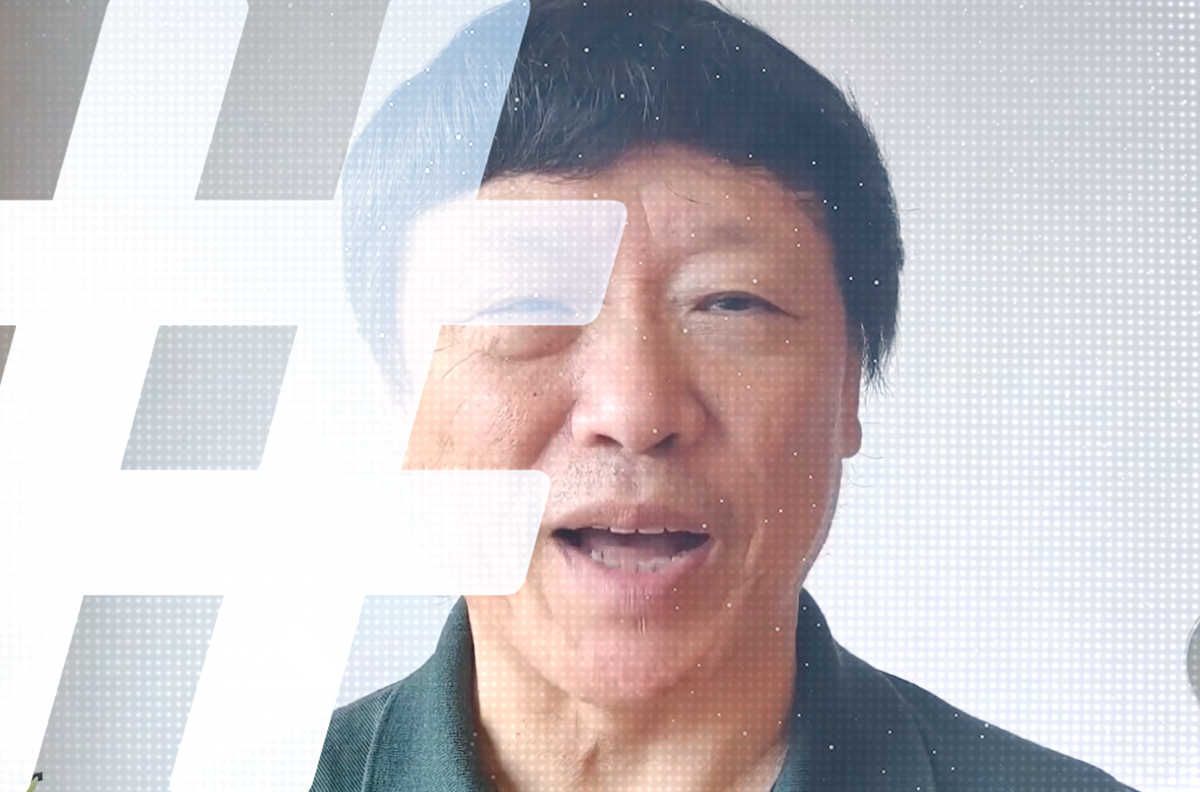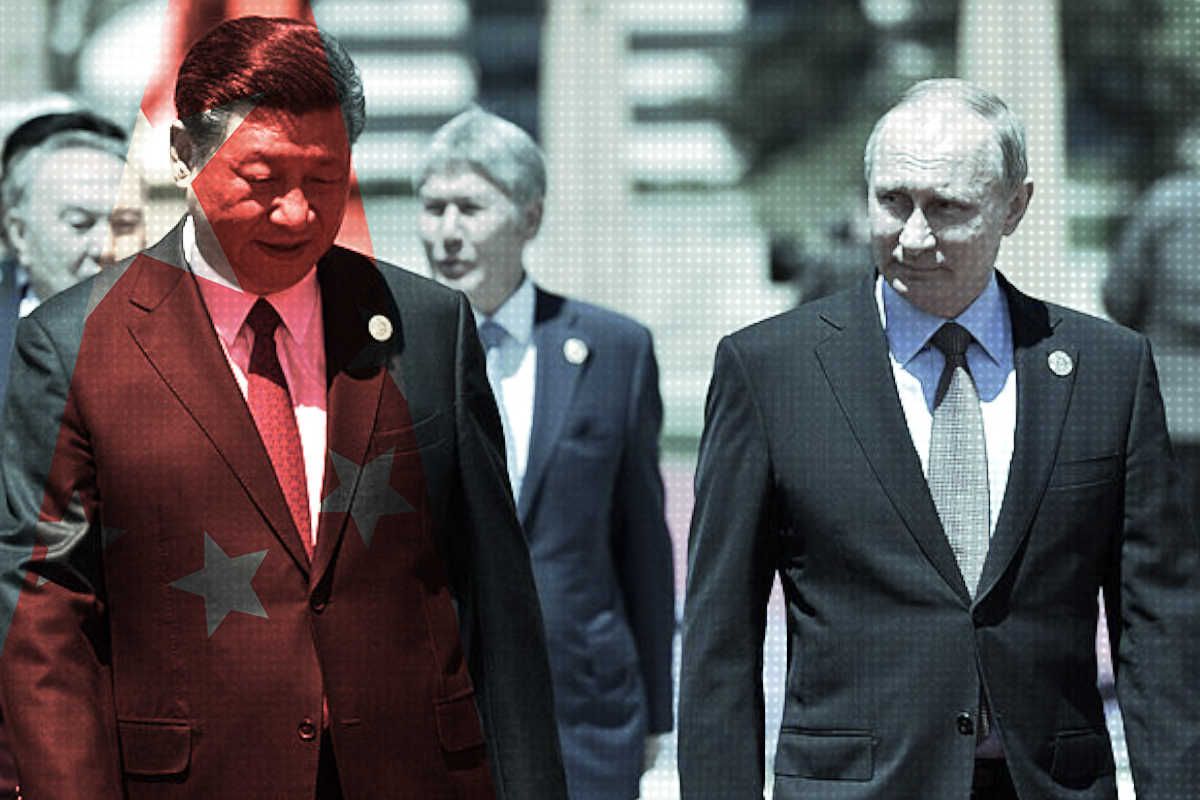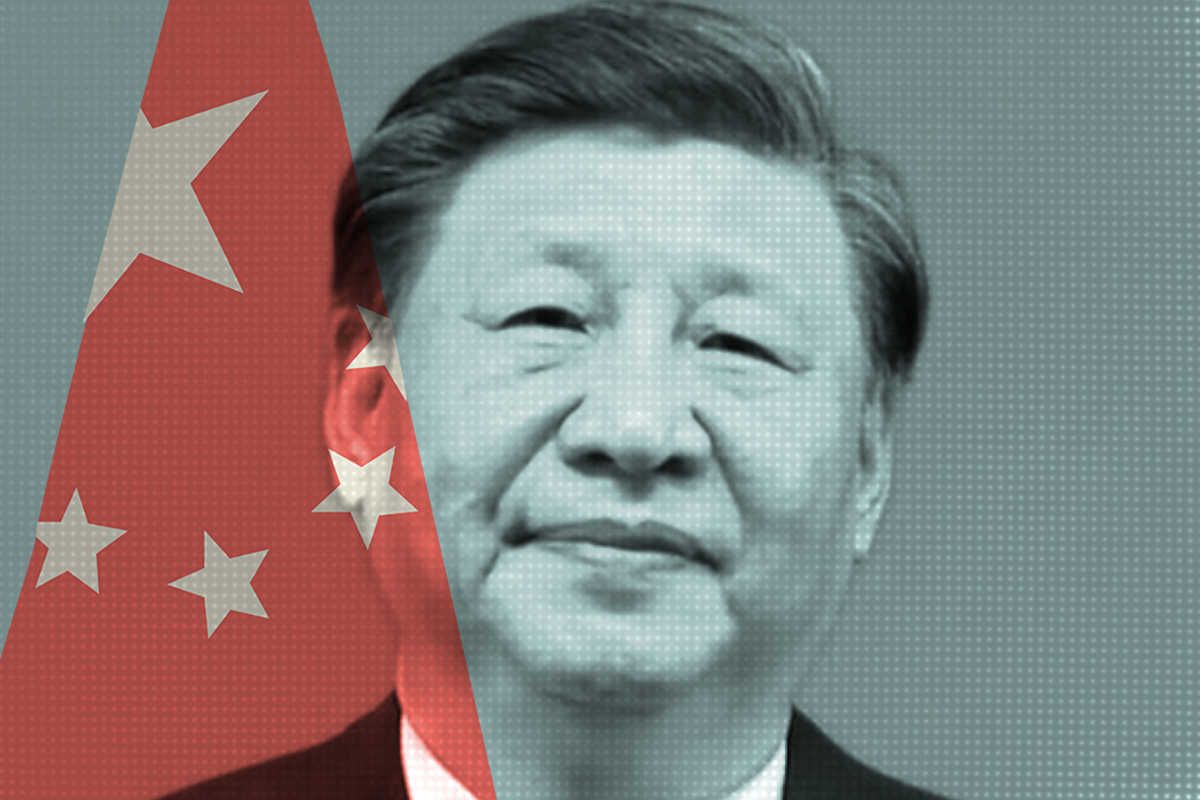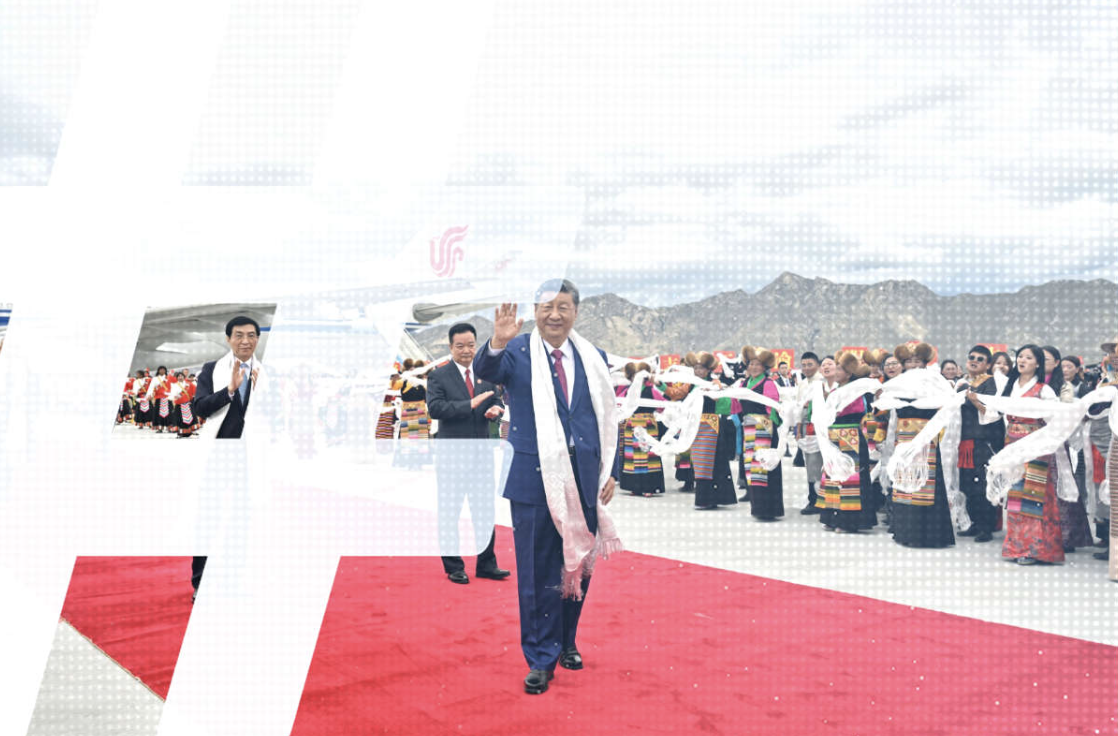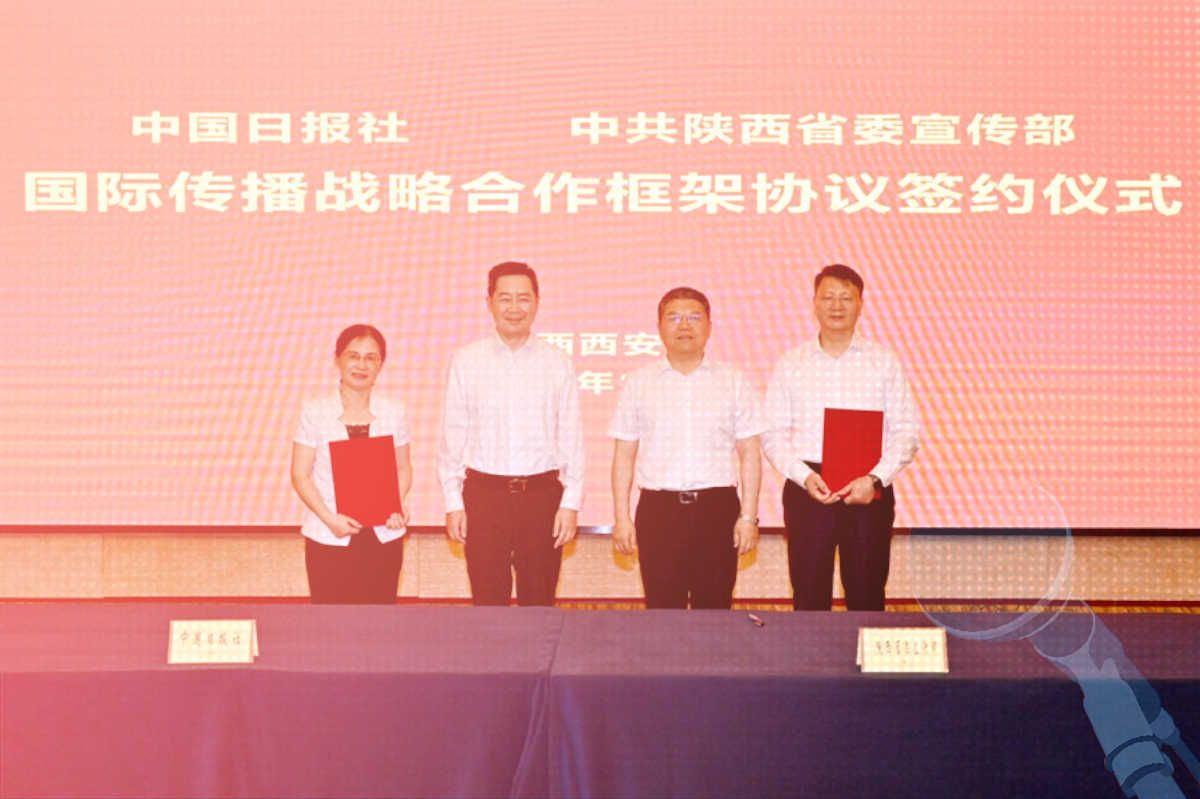China Newspeak
The Making of the "Low-End Population"
On the night of November 18, a fire broke out the low-rent tenement buildings of Xinjian Village in Beijing’s Daxing District, resulting in 19 deaths and 8 injuries. The authorities held two briefings at which they reported the situation with regard to deaths and injuries, and updated on the status of the investigation, including the position of the fire and its cause.
Beijing Party Secretary Cai Qi (蔡奇) held a meeting on November 27 with top county-level officials in the city, and discussed both the November 18 fire and the scandal surrounding alleged abuse at the RYB Kindergarten. Media coverage of the fire relied largely on official news releases from state media, and the coverage focussed mainly on the issue of fire safety hazards and their management in the urban periphery, or chengxiang jihebu (城乡接合部).
Therefore, mainstream and commercial media coverage domestically in China in the wake of the tragedy focused largely on specific government actions — and avoided the question of causes and deeper issues of social justice.
After the November 18 fire, top officials in the Beijing government called for an urgent special action (专项行动) over a 40-day period to investigate, clear away and rectify safety and security risks in the city. Because the response from district authorities in a number of areas was “harsh and excessive” (生硬粗糙), “unsophisticated and cruel” (简单粗暴), lacking in concern for the human costs, these actions were denounced by the public.
As these actions unfolded, many people saw them as an effort to root out the “low-end population,” or diduan renkou (低端人口), in the urban area in order to optimize the city’s development composition (优化首都发展布局), a fancy way of saying that poorer migrants are an eyesore for a modern city that wants to be taken seriously. It was around this issue of the diduan renkou that the eviction story became a full-blown public opinion crisis for the government.
Origins of the “Low-End Population”
A Chinese internet users cast about for answers, one gathered together documents from district governments across Beijing, including Shijingshan District (石景山区), Haiding District (海淀区), Fangshan District (房山区), Shunyi District (顺义区), and Changping District (昌平区) and found that all of them used phrase like “clear away and regulate the low-end population” (清理整治低端人口), and “control the low-end population” (控制低端人口).
One document in particular from Shijingshan District — dated to March 2017 and bearing the gargantuan title, “On the Implementation of Plans for the National Economy and Social Development in 2016 and 2017 Draft Plan for the National Economy and Social Development”— spoke of “relying on targeted actions to clear away disorder and carry out high-end building, clearing away and regulating 480 courtyard areas where the low-end population congregates.”

Dig a bit deeper, however, and you find that Party media played a crucial role in popularizing the phrase “low-end population.”
According to Hong Kong’s Ming Pao Daily, “low-end population” is a shortened form of the much longer phrase “participants and employees in low-end industries” (低端产业从业与就业者), which has extremely discriminatory connotations.

After “low-end population” appeared in the overseas edition of the CCP’s official People’s Daily newspaper and on People’s Daily Online in August 2016, it came under attack. But the phrase continued to appear in official documents on urban policy from the city of Beijing and district and regional governments. It has appeared regularly in the Chinese media and has also had currency among Chinese scholars.





